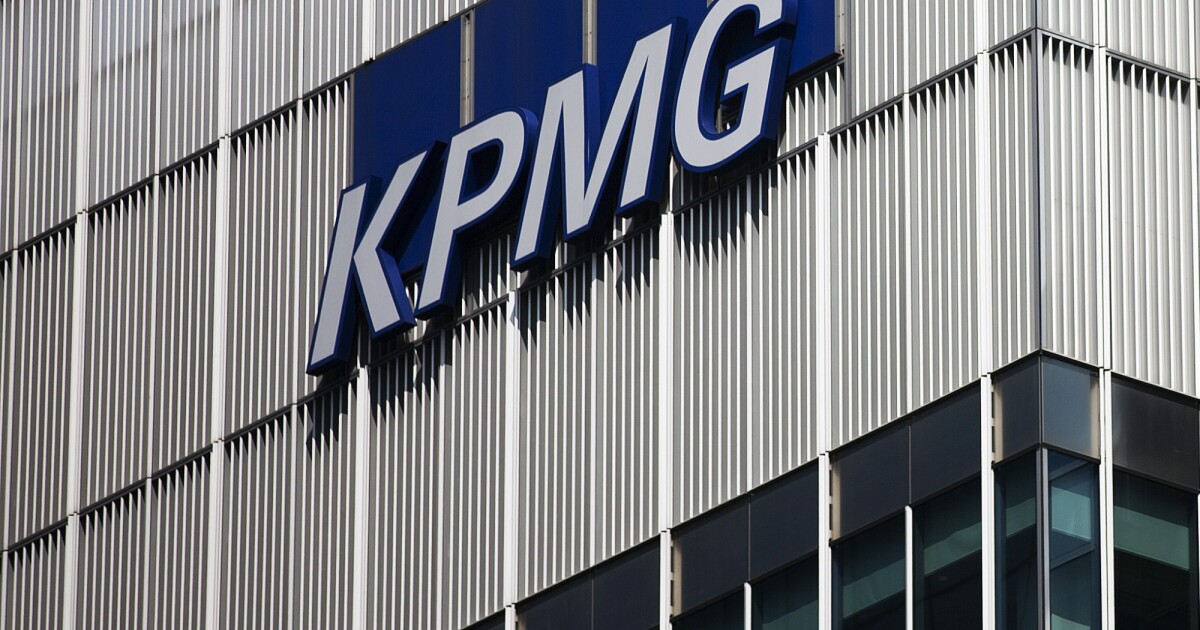According to a recent Mercer report, employers across the nation are expected to face a large increase in the total cost of healthcare benefits in 2025, despite many having taken cost-cutting measures this year. The projected 5.8% boost marks a third consecutive year of record-high increases.
Compare next year’s expected jump to the average annual cost increase of approximately 3% that occurred for most of the decade spanning 2012-2022, according to the 2024 National Survey of Employer-Sponsored Health Plans. (In 2021, pandemic-related impacts drove a 6.3% increase in costs, which Mercer considers an anomaly.) In 2023, costs rose by 5.2% and are projected to do the same this year.
HR leaders are responding to rising costs in several ways, including raising employee contributions to healthcare premiums and reducing benefits, experts say. They face delicate work to balance workforce financial wellness concerns, including the need to provide affordable healthcare, while staying within the organization’s budget.
“Employers are still concerned about healthcare affordability and ensuring that employees can afford the out-of-pocket costs when they seek care,” says Tracy Watts, senior partner and national leader for U.S. Health Policy at Mercer.
“But they also need to manage the overall cost of healthcare coverage to achieve a sustainable level of spending for the organization,” she says. “Balancing these competing priorities will be a challenge over the next few years.”
Several factors are driving the higher healthcare costs, says Sunit Patel, U.S. chief actuary for health and benefits at Mercer. The most significant is price dynamics, he says, as fast-changing market trends around inventory and supply and demand affect the cost of products and services.
He notes that the consolidation of health systems also is driving up costs by reducing options for organizations hoping to negotiate prices for healthcare providers and services.
For the second year in a row, prescription drugs, the fastest-growing component of health benefit costs, are contributing to rapidly rising costs. In addition to GLP-1 medications, expensive gene and cellular therapies contributed to the 7.2% increase in drug benefit costs per employee in 2024. That was a dip from the previous year’s 8.4% increase.
And although the use of behavioral healthcare and GLP-1 medications are increasing, overall healthcare utilization has had a “relatively modest” impact on rising costs, Patel said.
More than half (53%) of the approximately 1,800 U.S. employers surveyed by Mercer say they will make cost-cutting changes to their health benefit plans next year to reduce the impact of the rising costs.
That’s up from 44% of employers that planned to do so in 2024. It’s also the first time that figure has crossed the 50% mark since Mercer’s 2016 report, Watts says.
According to this year’s report, employer cost-reduction efforts usually include raising deductibles, which drive up employees’ financial burden.

With three years of more than 5% increases in health benefits costs, Mercer is seeing more employers resorting to these cost-reduction tactics to slow the growth of their health plan spending, says Beth Umland, partner and research director of health and benefits at Mercer.
Employers typically share premium expenses with employees—on average paying 79% of the cost and leaving employees with 21%, figures that may change given current projections, Umland says.
“In deciding how to control health benefit cost growth,” she notes, “employers have to consider premium increases, wage increases, healthcare affordability and benefit competitiveness.”
Credit: Source link











